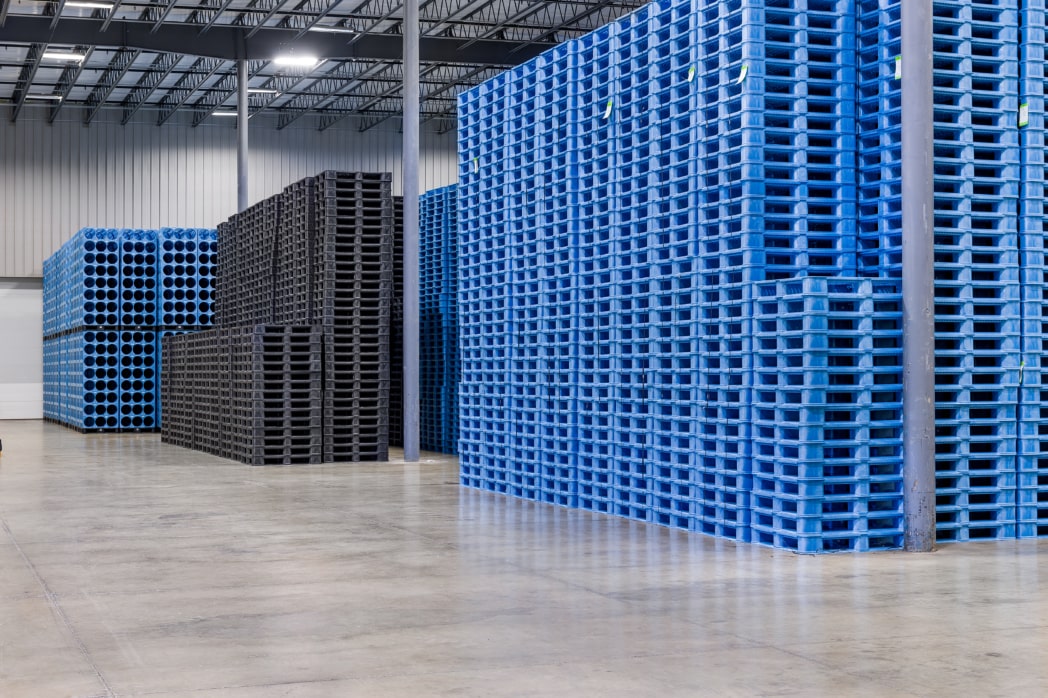The tremendous growth of e-commerce over the last few years has forced fulfillment operations to innovate to keep up with demand. Automation is easily one of the most efficient of these innovations. At one time, fulfillment centers needed items to be received, stored, pulled, and shipped entirely by human workers, requiring a large workforce and increasing the opportunity for error.
In comparison, an automated fulfillment center uses machinery to perform these tasks, dramatically reducing order processing times and improving accuracy and efficiency. After the initial investment in equipment and programming, an automated distribution center will have lower operational costs while operating at a higher rate of productivity.
When using an automated storage and retrieval system (ASRS), a warehouse can achieve almost absolute order accuracy. An ASRS system is operated by computer-controlled systems with locations programmed for each item. When the ASRS receives an order for an outgoing shipment, the machine carrier travels to the programmed location, retrieves the item and delivers it.
The Benefits and Growth of Automated Fulfillment Centers
Today’s consumers have high expectations for shipping and processing speed when they place an order online. As a result, many companies are turning to automated distribution centers for their order fulfillment needs. The nature of the ASRS used varies based on the items being stored and retrieved, with some systems capable of supporting more weight than others.
While warehouse automation does represent a significant initial investment, these systems are becoming more affordable as technology improves. This reality, combined with the ability of an ASRS to maximize a warehouse’s economy of space, is leading to the startup of more and more automated fulfillment operations.
Automated Storage and Retrieval System Requirements
Taking full advantage of the power of automated warehouse storage does require some specialized components. While machinery has advantages over the human worker, it lacks features such as the ability to determine by sight when an accident is about to occur. These issues make it essential for every part to be as high-quality as possible.
ASRS systems use a series of trays, containers and pallets in the course of storing and retrieving items. Wooden pallets are a frequent source of issues for ASRS systems, as loose boards or nails can fail and disturb a load. This can lead to damaged equipment as well as damaged product, potentially representing a major disruption in business.
Plastic components tend to be much better suited to automated distribution centers, as they are lightweight, uniform and sturdy. Engineered plastic pallets or trays will balance a load more evenly, while their lighter weight will reduce equipment wear and extend the overall life of the system. Plastics also come with the added advantage of being much less susceptible to flame, which is important considering the amount of inventory present in a full warehouse.
Order Custom ASRS Components From Polymer Solutions International Inc.
Whether you’re building or upgrading an ASRS system, you need pallets and containers that work with your machinery while offering premium, long-lasting performance. Polymer Solutions International Inc. provides a wide variety of innovative material handling tools in eco-friendly, resilient plastic, and we can also create custom trays, pallets and containment systems to your specifications.
Polymer Solutions International Inc. is an industry leader in creating sustainable material handling devices that improve the safety, hygiene and efficiency of warehouses, and our products are exceptionally well-suited to the demands of automated fulfillment centers. To request a quote or learn more about our plastic pallets and containers, call us at 610-325-7500 or contact our team online.



